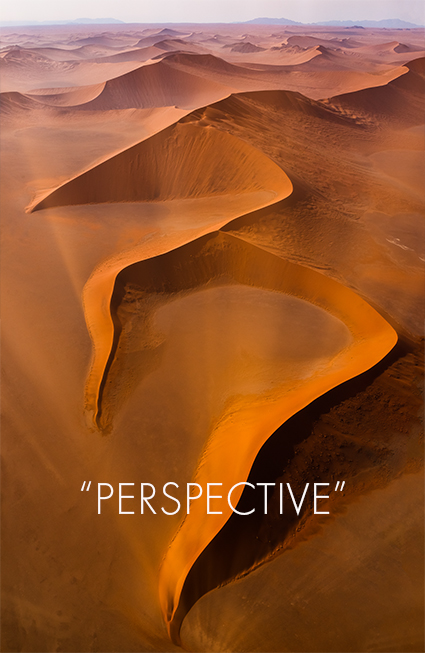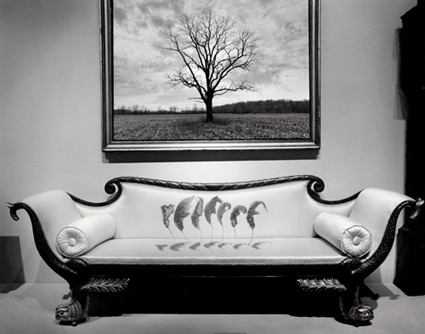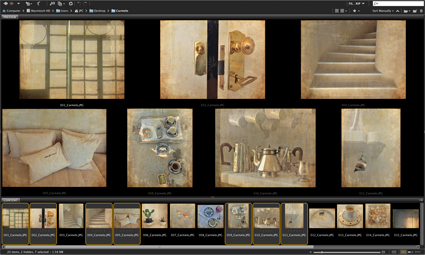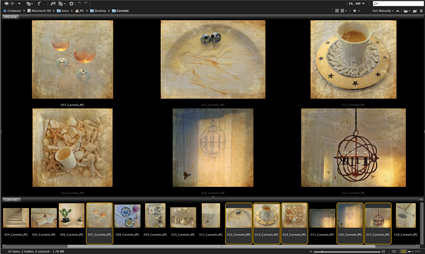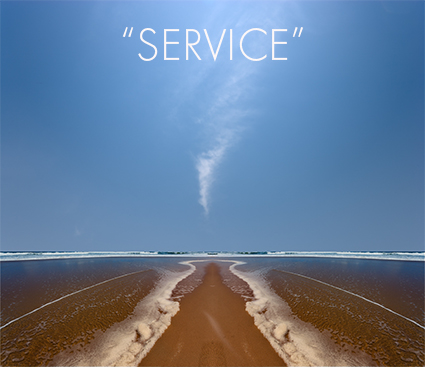
Here’s a selection of my favorite quotes on service to others.
“It’s easy to make a buck. It’s a lot tougher to make a difference.” – Tom Brokaw
“If you get, give. If you learn, teach.” – Maya Angelou
“The more we give away, the more is given to us.” – Dr Wayne W Dyer
“Wealth, like happiness, is never attained when sought after directly. It comes as a by-product of providing a useful service.” – Henry Ford
“The thing that lies at the foundation of positive change, the way I see it, is service to a fellow human being.” – Lee Iacocca
“Whoever renders service to many puts himself in line for greatness – great wealth, great return, great satisfaction, great reputation, and great joy.” – Jim Rohn
“Honor bespeaks worth. Confidence begets trust. Service brings satisfaction. Cooperation proves the quality of leadership.” – James Cash Penney
“Help others and give something back. I guarantee you will discover that while public service improves the lives and the world around you, its greatest reward is the enrichment and new meaning it will bring your own life.” – Arnold Schwarzenegger
“When we give what we can, and give it with joy, we don’t just renew the American tradition of giving, we also renew ourselves.” – Bill Clinton
“I slept and dreamt that life was joy. I awoke and saw that life was service. I acted and behold, service was joy.” – Rabindranath Tagore
“Those who are happiest are those who do the most for others.” – Booker T. Washington
“Joy can only be real if people look upon their life as a service and have a definite object in life outside themselves and their personal happiness.” – Leo Tolstoy
“There is no higher religion than human service. To work for the common good is the greatest creed.” – Woodrow Wilson
“When you dig another out of their troubles, you find a place to bury your own.” – Author Unknown
“The best way to find yourself is to lose yourself in the service of others.” – Mahatma Gandhi
“That service is the noblest which is rendered for its own sake.” – Mahatma Gandhi
“Service which is rendered without joy helps neither the servant nor the served. But all other pleasures and possessions pale into nothingness before service which is rendered in a spirit of joy.” – Mahatma Gandhi
“To give real service you must add something which cannot be bought or measured with money, and that is sincerity and integrity.” – Douglas Adams
“You can start right where you stand and apply the habit of going the extra mile by rendering more service and better service than you are now being paid for.” – Napoleon Hill
“As far as service goes, it can take the form of a million things. To do service, you don’t have to be a doctor working in the slums for free, or become a social worker. Your position in life and what you do doesn’t matter as much as how you do what you do.” – Elisabeth Kubler-Ross
“Even if it’s a little thing, do something for those who have need of a man’s help, something for which you get no pay but the privilege of doing it. For, remember, you don’t live in a world all your own. Your brothers are here too.” – Albert Schweitzer
“Don’t ever forget that you’re a citizen of this world, and there are things you can do to lift the human spirit, things that are easy, things that are free, things that you can do every day. Civility, respect, kindness, character.” – Aaron Sorkin
“Start where you are. Distant fields always look greener, but opportunity lies right where you are. Take advantage of every opportunity of service.” – Robert Collier
“It is the greatest of all mistakes to do nothing because you can only do little – do what you can.” – Sydney Smith
“Nobody made a greater mistake than he who did nothing because he could only do a little.” – Edmund Burke
“Never worry about numbers. Help one person at a time, and always start with the person nearest you.” – Mother Teresa
“If you think you are too small to be effective, you have never been in bed with a mosquito.” – Betty Reese
“I wondered why somebody didn’t do something. Then I realized, I am somebody.” – Author Unknown
“I am only one, but I am one. I cannot do everything, but I can do something. And I will not let what I cannot do interfere with what I can do.” – Edward Everett Hale
“So long as we love we serve; so long as we are loved by others, I would almost say that we are indispensable; and no man is useless while he has a friend.” – Robert Louis Stevenson
“Everybody can be great because, everybody can serve.” – Martin Luther King Jr
“If you could only sense how important you are to the lives of those you meet; how important you can be to the people you many never even dream of. there is something of yourself that you leave at every meeting with another person.” – Fred Rogers
“How wonderful is it that nobody need wait a single moment before starting to improve the world.” – Anne Frank
Find more creativity quotes here.
Read more quotes daily on Twitter and Facebook.



